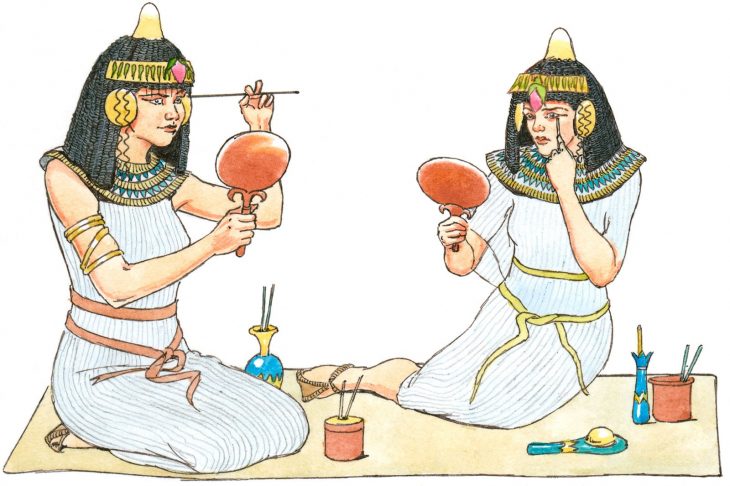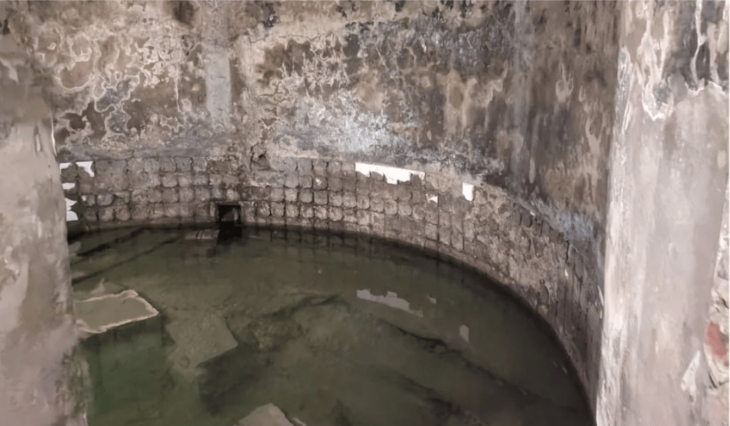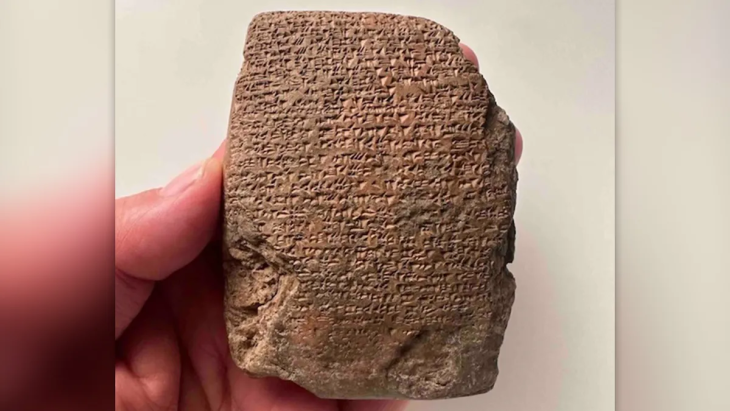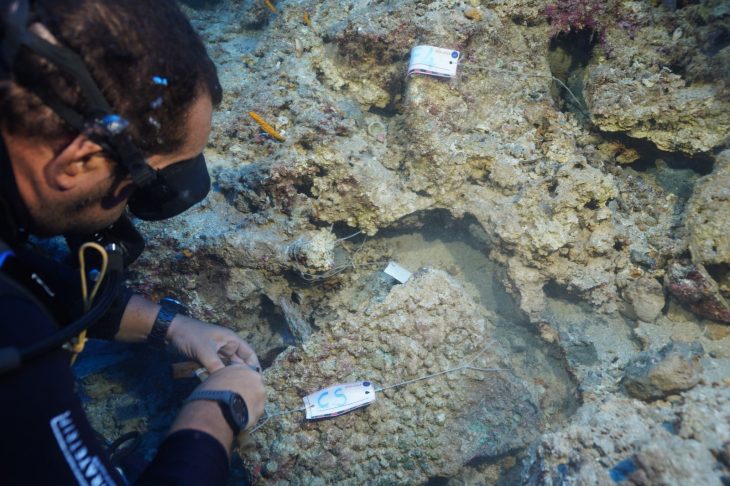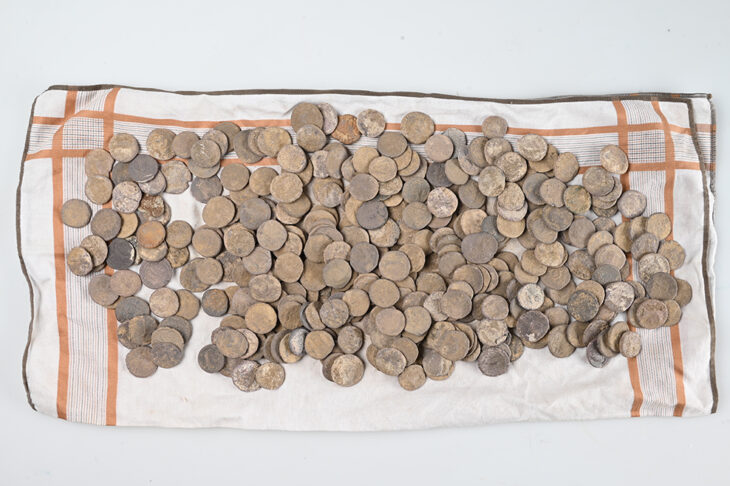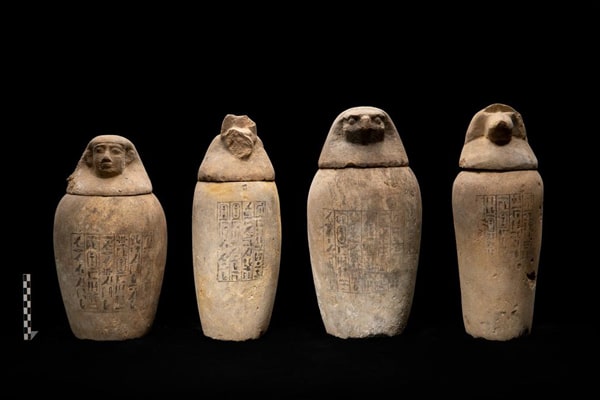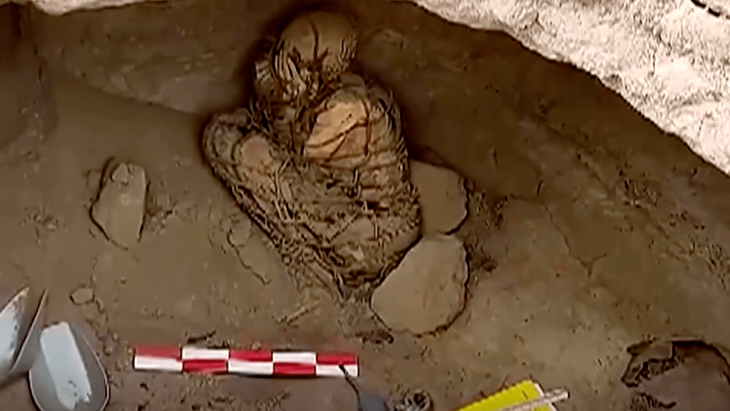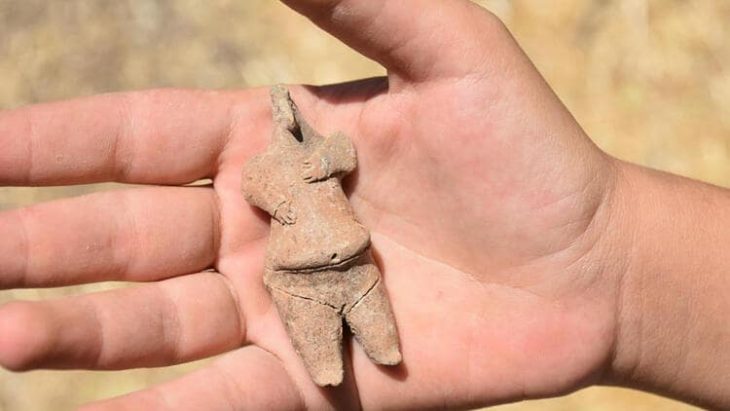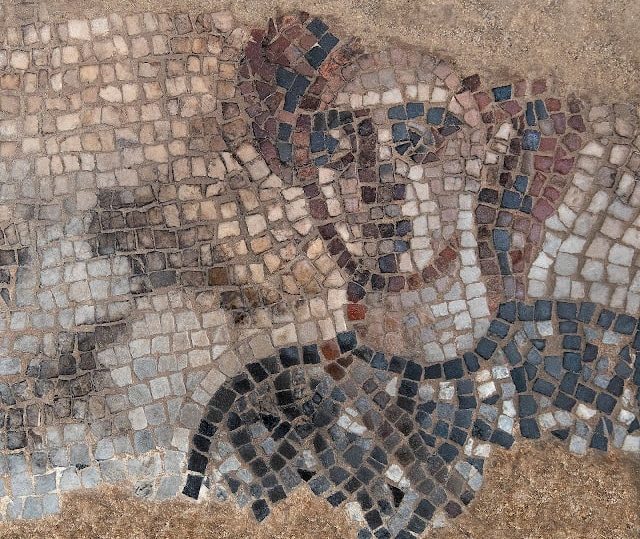One of the valuable discoveries from the Roman tombs discovered near the village of Nova Varbovka in Strazhitsa municipality in the Veliko Turnovo region of Bulgaria in late 2023 was a medallion of the Roman emperor Caracalla (198 to 217 CE).
The valuable finds were recently shown by the Veliko Turnovo Regional History Museum.
The Caracalla medallion, made of bronze, was struck in the city of Pergamon in Asia Minor (modern-day Türkiye ). On one side is a scene from the emperor’s visit in 214 to Pergamon, where he sought healing from the god of medicine Asclepius.
The museum said that the medallion has a high financial value, but given its size, was not used in everyday trade. The inscriptions are in ancient Greek.
The Roman graves were accidentally found in autumn by a tractor driver who, while plowing a field near the village of Nova Varbovka, hit a limestone slab. The funerary objects – jewelry, coins, and vessels – found date back to the first half of the 3rd century AD.
📣 Our WhatsApp channel is now LIVE! Stay up-to-date with the latest news and updates, just click here to follow us on WhatsApp and never miss a thing!!
Archaeologists Kalin Chakarov and Nedko Elenski, along with museum specialist Michaela Tomanova, conducted fieldwork in December.
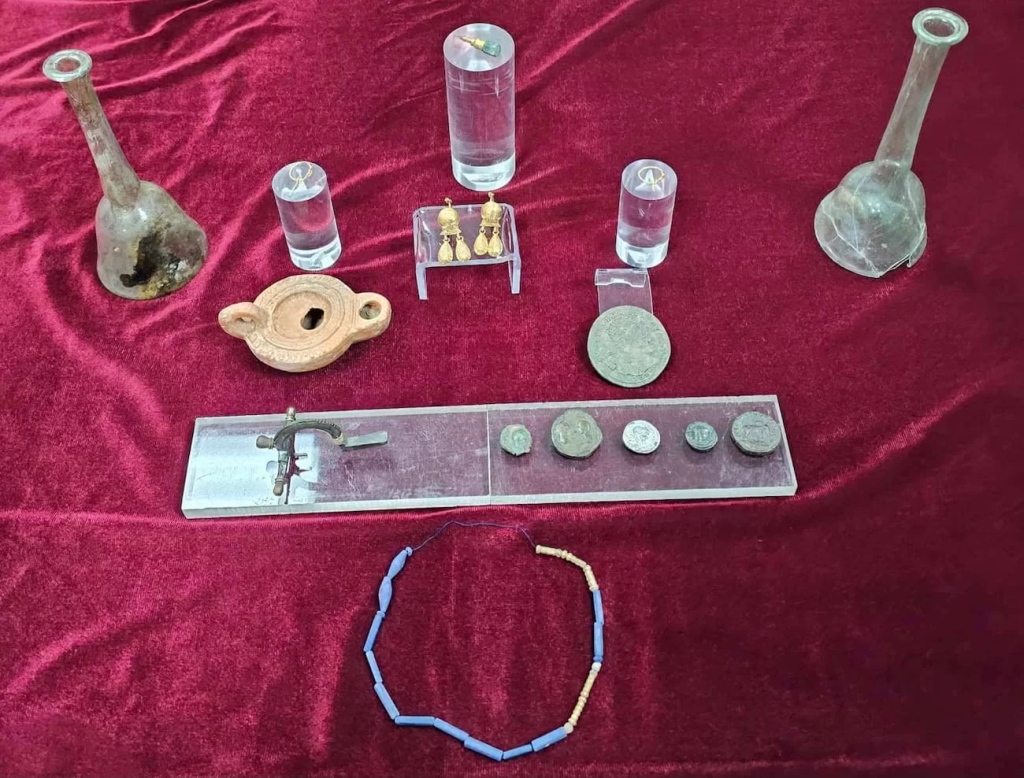
The tombs’ walls are covered in fine porcelain plaster, and one of them is shaped like an unusual brick pillow on the floor. A ceremonial ceramic amphora filled with wine is located above one of the tombs.
Two adults were interred in one tomb: a man between the ages of 50 and 60 and a woman between the ages of 45 and 49. The remains of a child between the ages of one and two were discovered in the other tomb. The genders and ages of the buried were determined by Nadezhda Atanassova from the National Institute of Experimental Morphology, Pathology, and Anthropology at the Bulgarian Academy of Science.
In the grave of the man and woman were found exquisite gold women’s earrings, a gilt pendant with a bead, and a silver-plated fibula of several types of metal. Also, on the man’s chest, there was a silver coin (denarius) minted in the city of Laodicea.
It is believed that the deceased were wealthy landowners with properties in the territory administered by the ancient city of Nicopolis ad Istrum.
Gifts were found with the child, including a pair of small gold earrings, children’s glass bead jewelry, a ceramic amphora for wine, and two glass lacrimaria – exquisite vessels used to collect mourners’ tears and later used for fragrant oils.
Cover Photo: Museum Veliko Tarnovo


